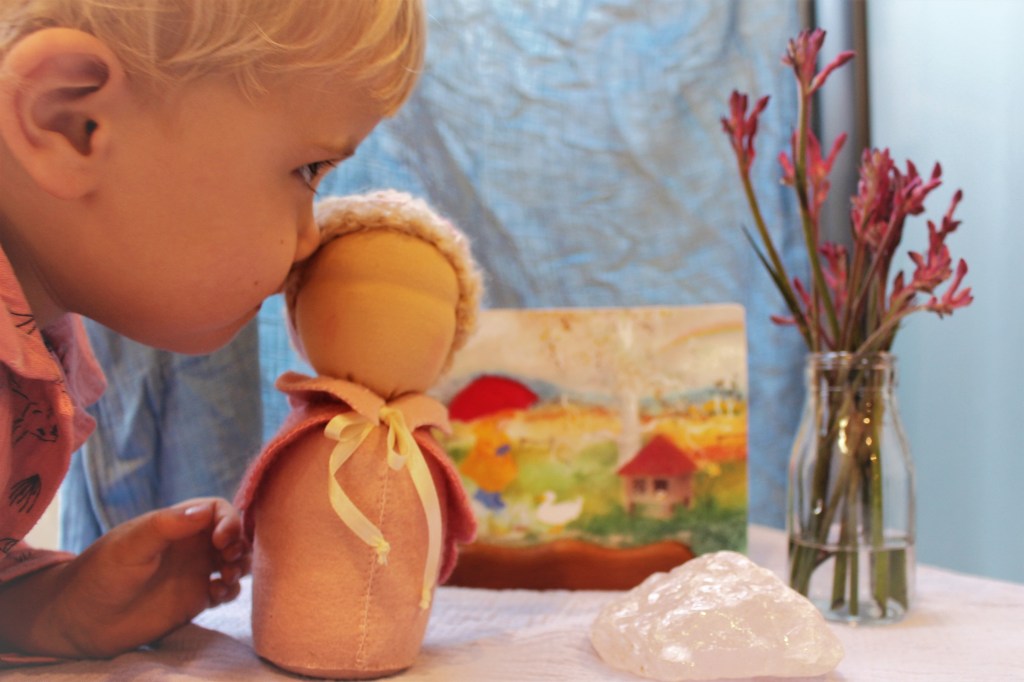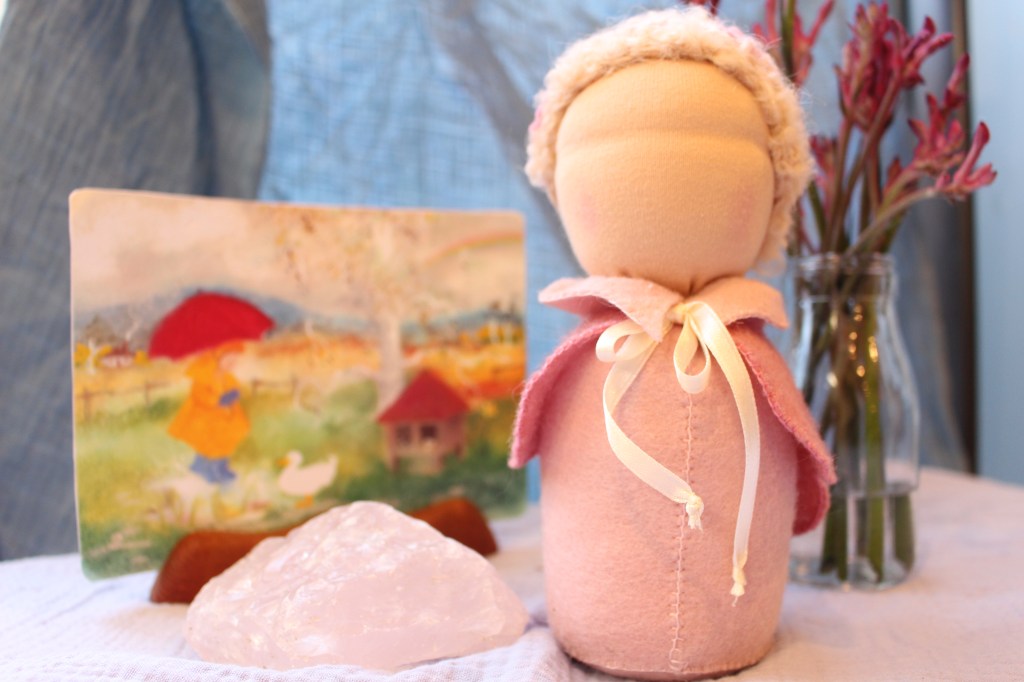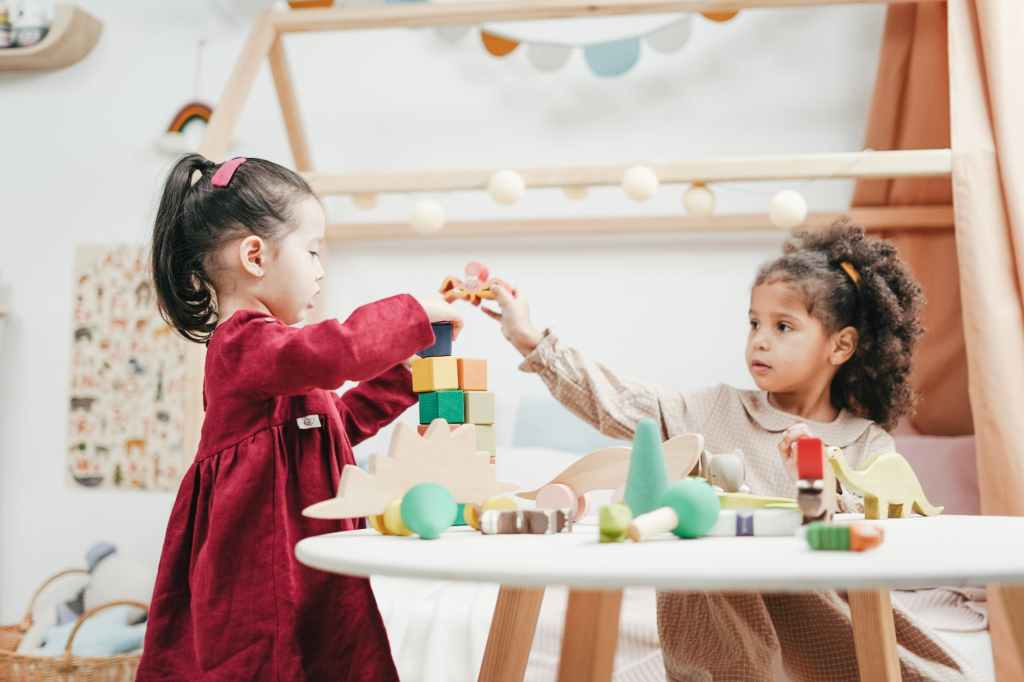Attending a Steiner school as a child I was always in awe of the seasonal table. A small space in the classroom dedicated to celebrating the seasons and changes in nature. Everything was carefully selected; the colour of the cloth, the small figurines, a beeswax candle which was lit at story time and the many objects collected from nature. Over the school year the table would gradually change; shells and rocks were replaced with autumn leaves. Brown leaves were moved aside to make room for a wattle tree branch. In spring time beautiful flowers and buds would grace the table.
Seasonal tables, otherwise known as nature tables, are commonplace in Waldorf classrooms and in many Waldorf homes. Read on to discover the benefits and purpose of the nature table and how to create your own.
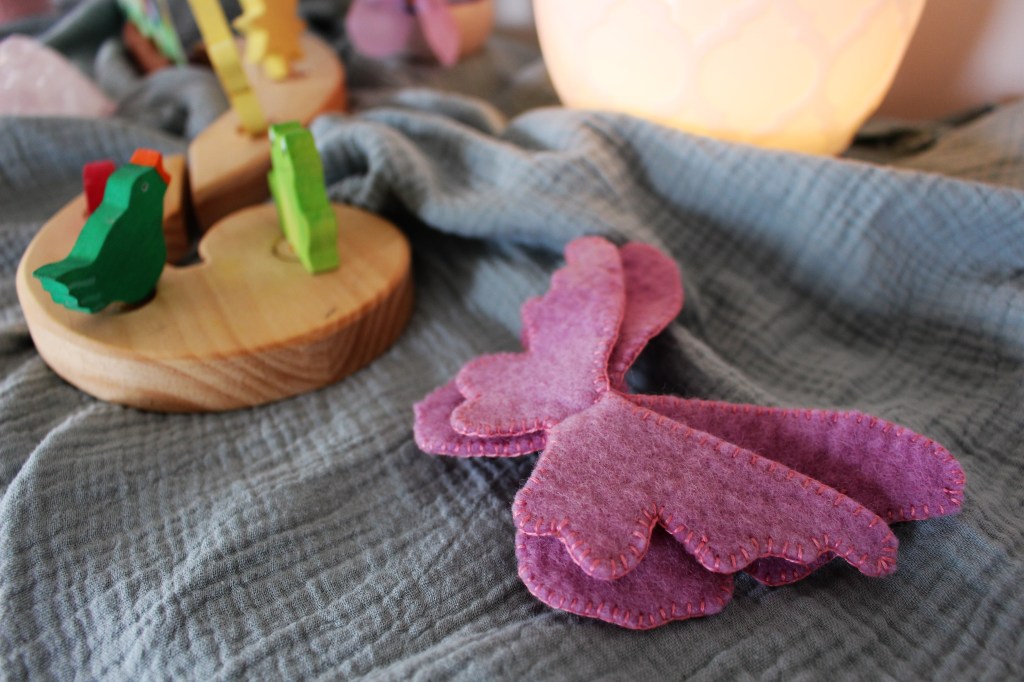
What is a seasonal table?
A seasonal table is an area in the home which is reserved for honouring the seasons. It can be a free-standing table or part of a display shelf. Seasonal tables follow the cycle of the year and bring an element of nature into the home. They also help to develop a greater awareness of the external environment.
‘Changes in the natural world are given expression indoors.’
– M v Leeuwen & J Moeskops authors of the Nature Corner
Seasonal tables can help us to celebrate the festivals. At the time of the winter solstice handmade lanterns may be used to decorate the table. At Christmas time an advent calendar and nativity scene might be included. In Autumn, pumpkins or other produce from the garden may be added to celebrate the harvest. At Easter time you may choose to include felt chickens or an Easter hare.
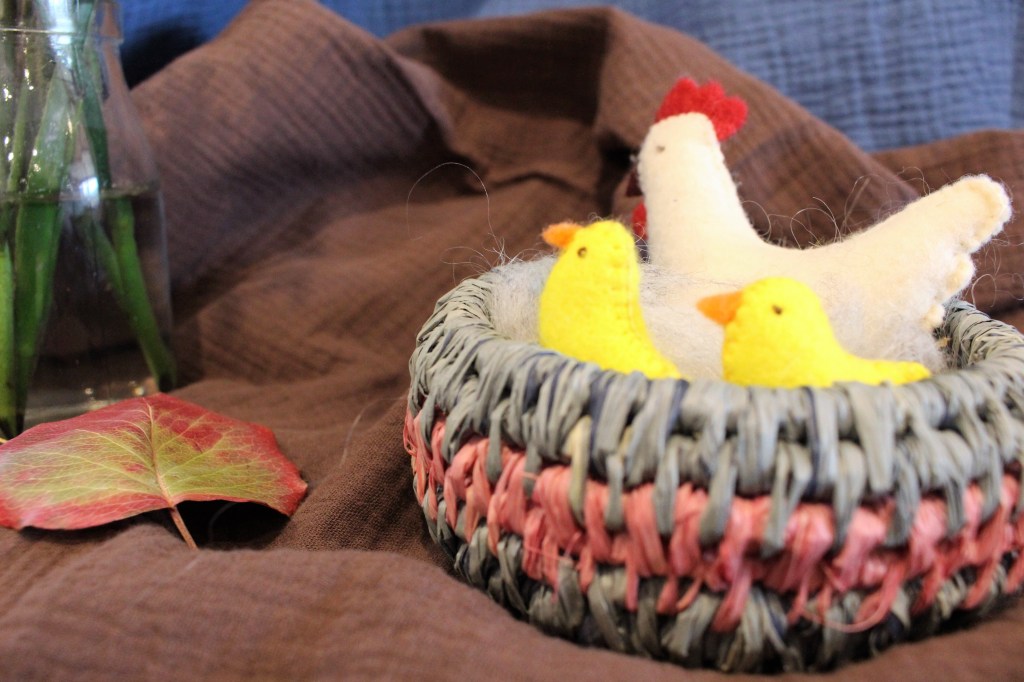
Benefits of having a seasonal table
Having a place in the home that brings the external environment indoors helps young children to experience the seasons. They don’t yet relate to the seasons on an intellectual level, rather they feel the essence of each season. Nominating a spot in your home to celebrate the seasons can help your child to become more in touch with the cycle of the natural world.
Having a seasonal table provides a place to put all those treasures collected on nature walks. My 2-year-old loves finding sticks and rocks on our walks and carrying them home to put on our table.
Steiner often spoke of how humans have lost their relationship with the seasons. In ancient times humans had a much deeper connection with the Earth and would follow the seasons and their celebrations as a matter of course. Humans felt connected to the Earth and the festivals were deeply entrenched in their lives. Rather than thinking of the summer solstice in an intellectual manner, they would feel the rising of their spirit in the middle of summer and begin to sing, dance and recite poetry to celebrate. In winter people would turn inwards and reflect on their own being. Humans felt the lightness of the Earth in summer and it’s darkness in winter. This wasn’t felt as a physical feeling as we feel it nowadays – instead it was experienced on a subconscious level. As humans evolved we lost our sense of connection with the seasons and the cycle of the Earth. This is evident in the way we maintain a constant temperature in our homes throughout the year, use artificial lighting at night and spend vast amounts of time indoors. Bringing a seasonal table into your home and spending more time outdoors are just two ways that can help you and your child reconnect with the cycles of nature.
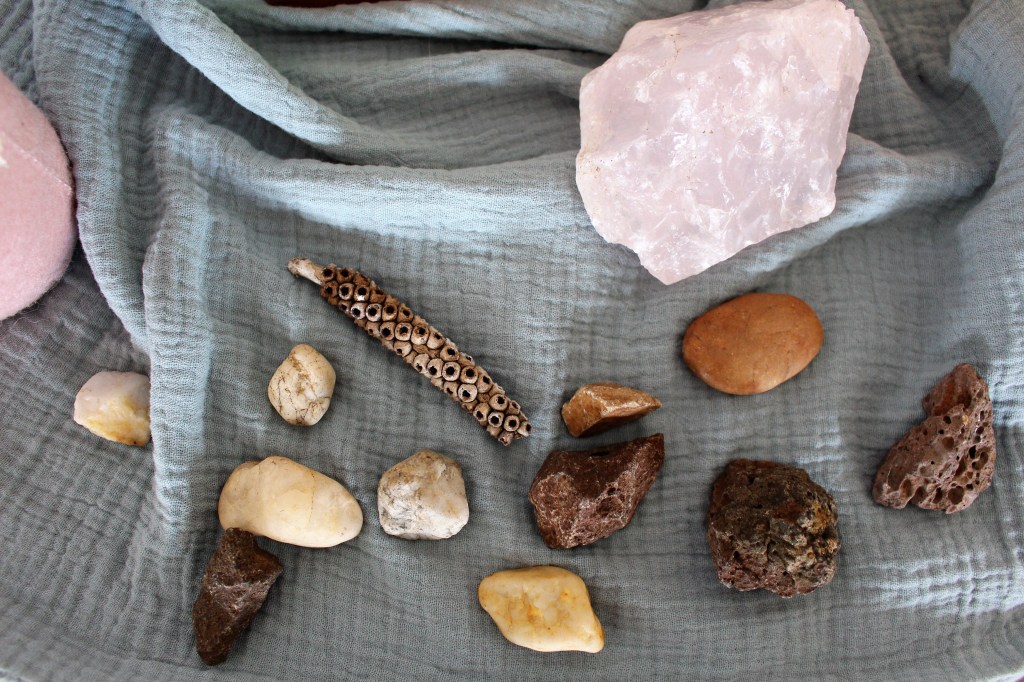
How to make a seasonal table
The seasonal table is a space for you to express changes in the seasons and to bring a piece of nature indoors. Firstly, you will need to find a small area in your home that will become your seasonal table. Silk or muslin cloths can cover the table and form the Earth and the sky. The colour of the cloth, seasonal doll and elements from the natural world will gradually change throughout the seasons, reflecting your external environment.
The colour on your table helps to create the mood of the season and will change over the course of the year. The display cloths draped over the table form the foundation of this colour; here are some ideas to assist with choosing the colours of your cloths:
- Summer: Yellow, light green and orange
- Autumn: Orange, red and brown
- Winter: Silver, blue, purple and brown
- Spring: Green, pink and yellow

Above all, seasonal tables should make us more aware of the cycle of the Earth and the changes of the seasons.
Enjoy creating your unique space and experiencing a deeper connection with the outside world.
- Find an appropriate space in a commonly used room. A small table, section of a shelf, desk or even the top of a piano. A place that is easily viewed by the whole family is most appropriate.
- Drape the surface with coloured cloths or felt mats to create the Earth. You can use blocks under the cloths to create levels and interest. Use 1-2 different colours.
- Using a thumb tack, hang one cloth from the wall behind to create the ‘sky’.
- Add height; suspend a branch on the wall behind the display or add a branch in a vase. Felt flowers, stars and/or a moon may be hung from the branch.
- Include a beeswax candle to light during moments of reflection.
- Add a seasonal doll such as King Winter or Lady Spring to represent the appropriate season.
- Include a seasonal card and wooden holder. Alternatively, a seasonal book may be displayed.
- Finally, add elements from the natural world which have been collected on your outdoor adventures; fresh flowers, rocks, shells or grasses can all be included.
